
Available 24/7
Available 24/7

Snake plants, commonly known as "Mother-in- Law's Tongue" and Sansevieria, are one of the most low-maintenance houseplants. This succulent plant is very tolerant and easy to grow, making it a perfect choice for those who are just starting their plant parenthood journey.
Snake plant (Sansevieria) has rigid, sword-like leaves that grow between 6 and 8 feet tall. Snake plants come in a variety of colours, but most have green banded leaves with a yellow border.
A report from NASA proves that Snake plants help keep the air inside your home clean by eliminating contaminants like formaldehyde and benzene.
In this blog we will read about snake plant benefits, how you can take care of snake plants, and how you can propagate the sanke plant.
The Benefits of having Snake plant in your houseplant collection. Snake plants have a lot of health benefits in addition to giving some ambiance in your house décor. Here are a few.
1.Snake Plant Remove Pollutants From The air !
One of the well known snake plant health advantage is that it helps to eliminate harmful air pullutants in your indoor air. It absorbs cancer causing chemicals such benzene, formaldehyde, xylene, and toluene and also CO2.
The snake plant is one of the plants that proved in a renowned NASA experiment on indoor plants in 1989 that plants with higher leaf surface area (leafier and bigger plants) do better air filtration.
2. Snake plant Produces Oxygen and Absorbs Co2
According to a study published in Harvard University Extension, the snake plant produces most amount of oxygen when compared to other houseplants. This plant is special in the sense that it is one of the few plants that can transform CO2 (carbon dioxide) into oxygen at night.
This feature allows snake plant to become an excellent choice for bedroom décor, as it can aid in the regulation of healthy airflow.
3. Snake Plant For Feng Shui and Energy Protection
Snake plant or Sanseveria, if placed in the correct area, it provides a protective and cleaning energy to the home or company.
In feng shui, spiky plants are thought to be effective against negative Chi. You should keep them in less visited areas of your because to their aggressive nature. Some of the best spots to keep snake plant are the Southeastern, Southern, and Eastern corners.
If you've never cared for a plant before and want to get started quickly, the snake plant is the plant for you. To actually kill one, you'd have to put forth a lot of effort. However, there are a few things to bear in mind when caring for your snake plant.
Snake plants like light that is indirect yet consistent, with some direct sunlight. They can adapt to full daylight and will also thrive in dimly lit environments.
A loose, well-drained potting mix is ideal for soil snake plants. In sandier soils, this plant thrives. Choose a peat-free potting medium. Peat is useful in a variety of conditions, however it can become compacted and have issues rehydrating or draining. A great option is an all-purpose potting soil.
Between waterings, allow the soil to dry out. Reduce watering to once a month or whenever the soil feels dry to the touch during the winter. Over-watering might kill the plant, so err on the side of under-watering.
How to Grow / Propagate Snake Plant ?
Snake plants can be grown from seeds, but alternative techniques of propagation are easier, faster, and more dependable. Snake plant seeds have a poor rate of germination.
If you want to save yourself the hassle of growing a snake plant on your own, you can buy it from here. But if you wish to put your blood and sweat in raising one, here is the way.
Here’s how you can propagate snake plant by by leaf-cutting:
Type of Snake Plants You Can Bring Home!
So now since you are armored with all the knowledge you require to proudly own a snake plant, when are you bringing one home ?
Do send us pictures of your thriving snake plant on social media. Till then, happy plant parenting.
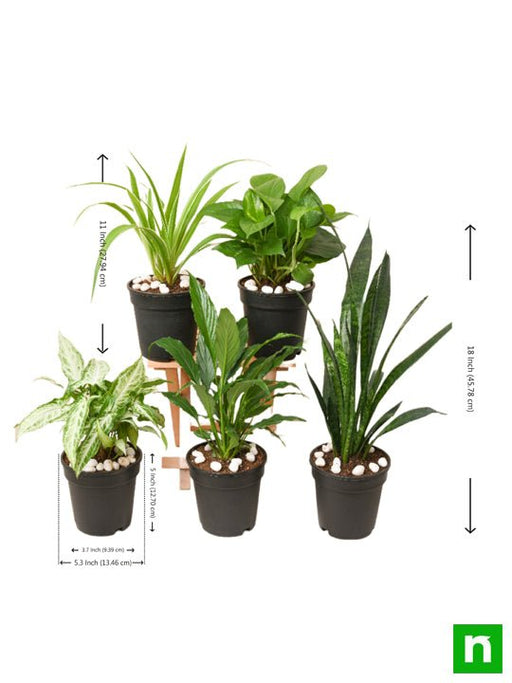
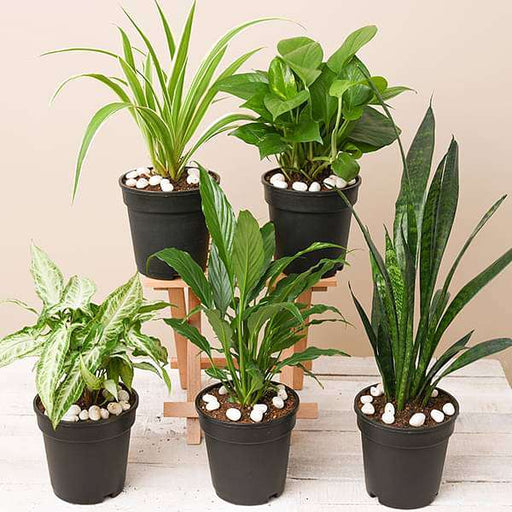 Save 21%
Save 21%
5 Best Indoor Plants Pack Transform your living space into a lush oasis with our '5 Best Indoor Plants Pack.' This carefully curated colle...
View full details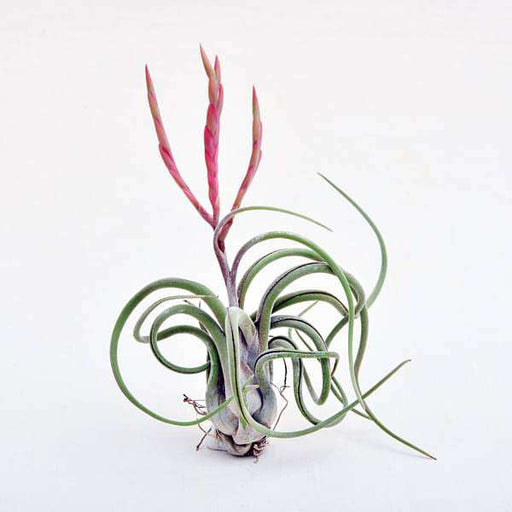 Sold out
Sold out
Air Plant, Tillandsia caput medusae (Large) The Tillandsia caput medusae, commonly known as the Medusa's Head Air Plant, is a stunning epi...
View full details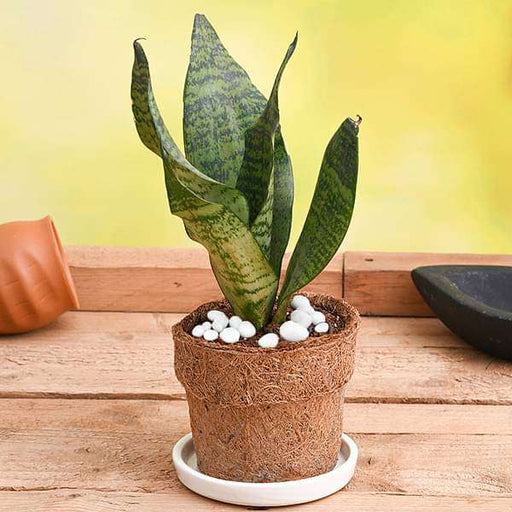 Save 23%
Save 23%
Air Purifier Sansevieria in Eco-friendly Pot Transform your living space with the Air Purifier Sansevieria, a stunning indoor plant known ...
View full details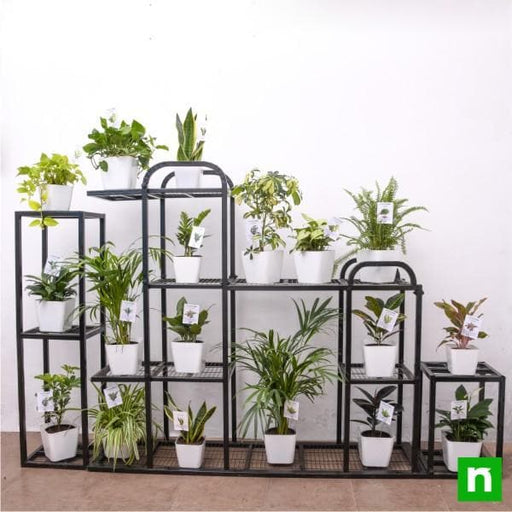
 Save 10%
Save 10%
Alluring Indoor Plants on Metal Stand for Indirect Light Receiving Location Transform your living space into a lush oasis with our Allurin...
View full details
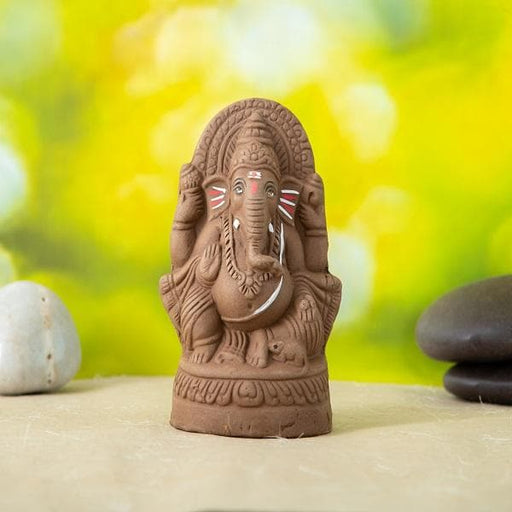 Sold out
Sold out
DescriptionThis pack contains Eco-friendly clay Ganesh murti (Approx. 7.5 x 4.5 inches)+ Pot +Seeds+ Soil for Visarjan. Celebrate eco-friendly Gane...
View full details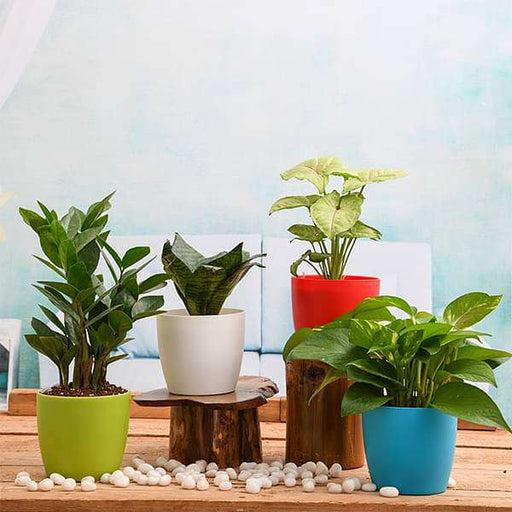
 Save 35%
Save 35%
Independence Day Special (4 Plants Pack) Celebrate this Independence Day with our exclusive 'Independence Day Special (4 Plants Pack)', de...
View full details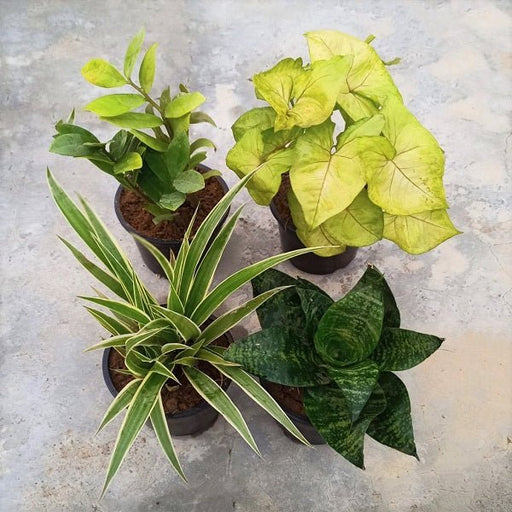
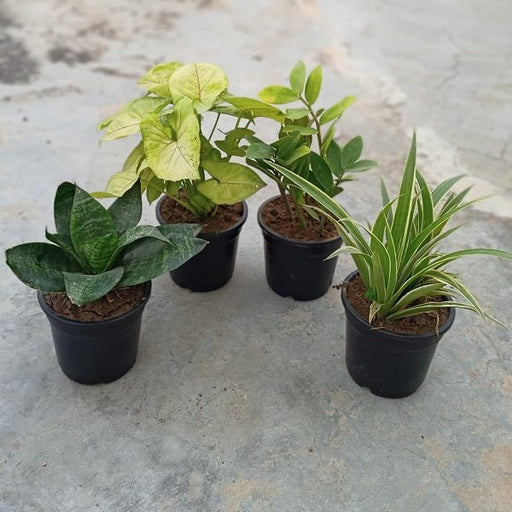 Save 44%
Save 44%
Set of 4 Evergreen Air Purifier Plant Pack Transform your indoor space into a lush, green oasis with our Set of 4 Evergreen Air Purifier P...
View full details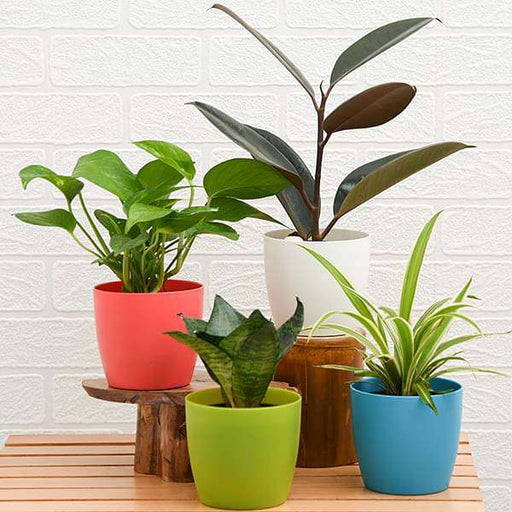 Save 14%
Save 14%
World Environment Day Special (4 Plants Pack) Celebrate World Environment Day with our exclusive 4 Plants Pack, designed to bring a touch ...
View full details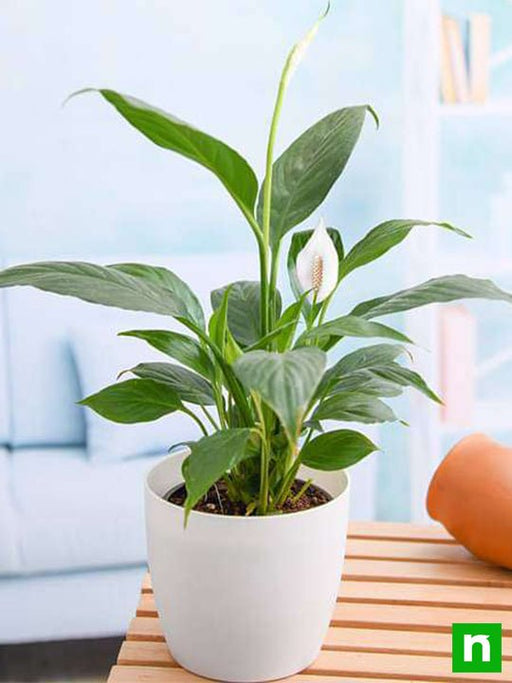
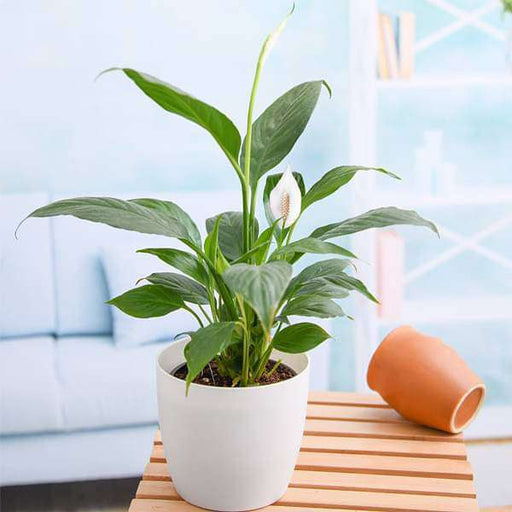 Save up to 15%
Save up to 15%
Peace Lily, Spathiphyllum - Plant The Peace Lily, scientifically known as Spathiphyllum, is a stunning houseplant celebrated for its elega...
View full details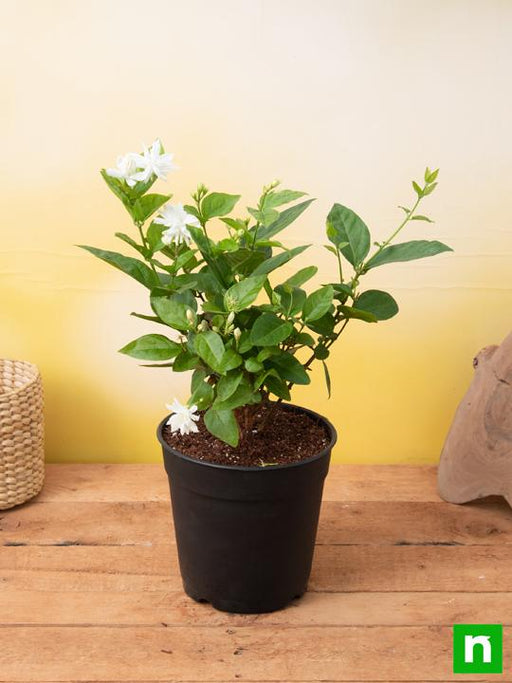
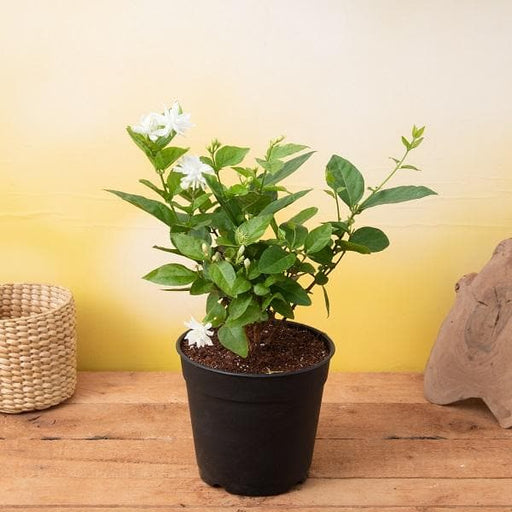 Save 20%
Save 20%
Jasminum sambac, Mogra, Arabian Jasmine - Plant Jasminum sambac, commonly known as Mogra or Arabian Jasmine, is a fragrant flowering plant...
View full details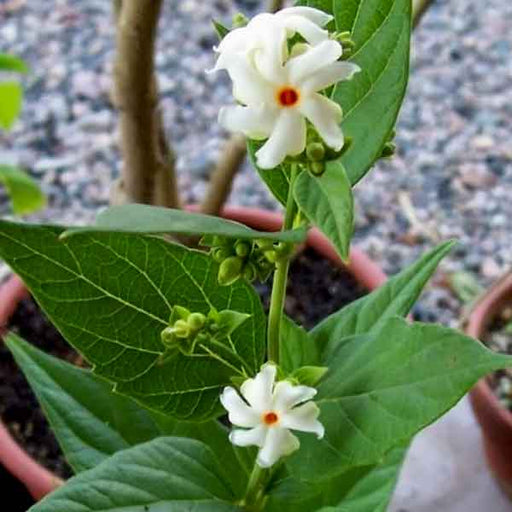
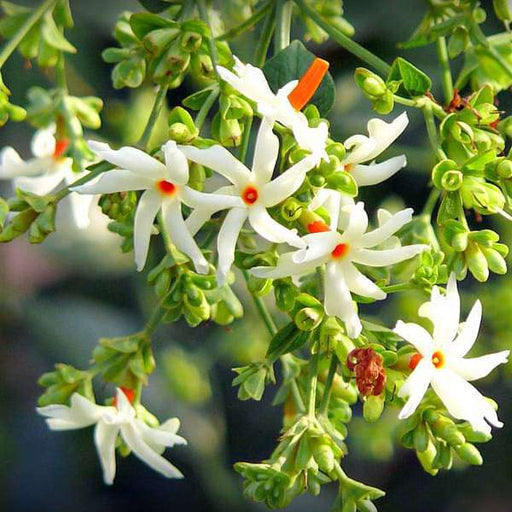 Save 14%
Save 14%
Combo Constituents Includes the Parijat Tree (Night-Flowering Jasmine), a culturally significant plant with fragrant flowers. Description The Pari...
View full details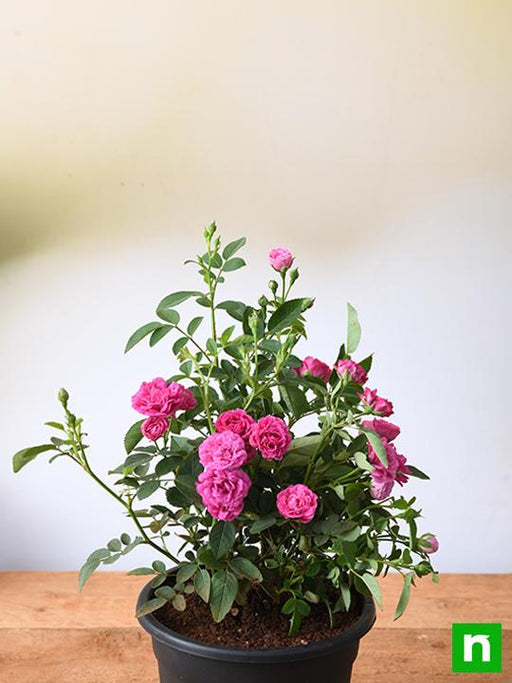
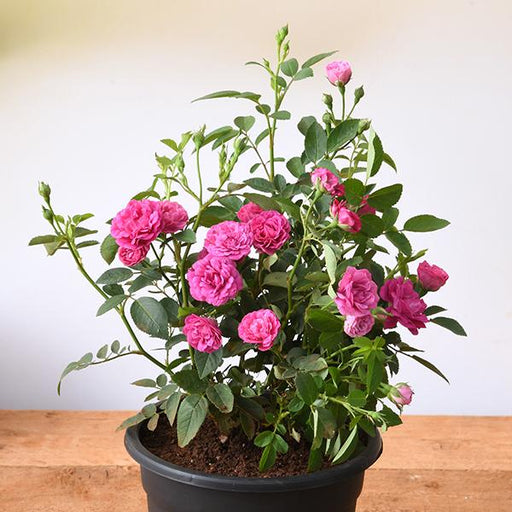 Save 14%
Save 14%
Miniature Rose, Button Rose (Any Color) - Plant The Miniature Rose, also known as the Button Rose, is a charming and compact flowering pla...
View full details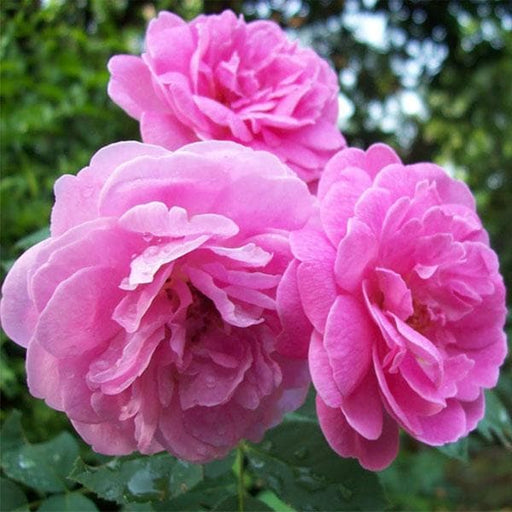 Save 20%
Save 20%
Damascus Rose, Scented Rose (Any Color) - Plant The Damascus Rose, also known as Rosa damascena, is a timeless symbol of beauty and romanc...
View full details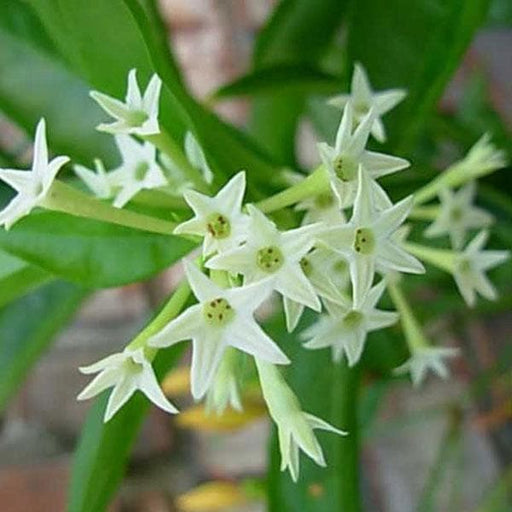
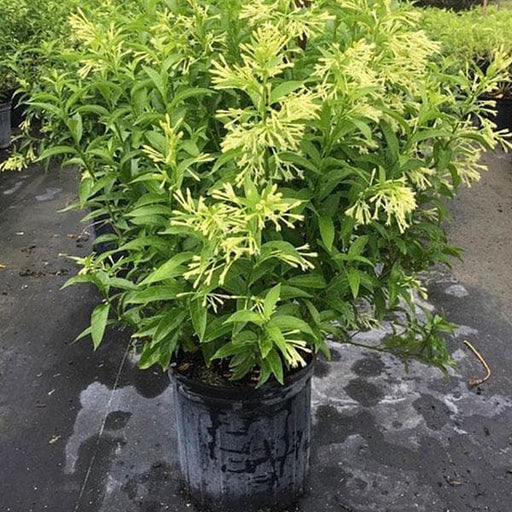 Save 14%
Save 14%
Description Raat Ki Rani (*Cestrum nocturnum*), also known as Night Blooming Jasmine, is a fragrant shrub native to the Caribbean and Central Ameri...
View full details Save 45%
Save 45%
Top 4 Die Hard Succulents Pack Transform your indoor or outdoor space with our Top 4 Die Hard Succulents Pack, featuring a curated selecti...
View full details Save 45%
Save 45%
Top 4 Die Hard Succulents Pack Transform your indoor or outdoor space with our Top 4 Die Hard Succulents Pack, featuring a curated selecti...
View full details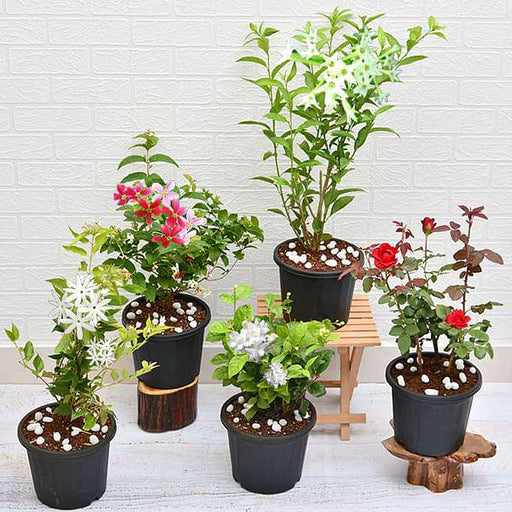 Save 12%
Save 12%
5 Best Fragrant Plants Transform your garden or indoor space into a fragrant paradise with our curated selection of the 5 Best Fragrant Pl...
View full details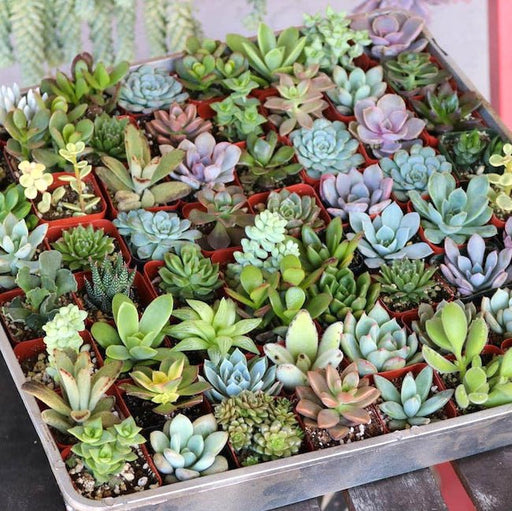
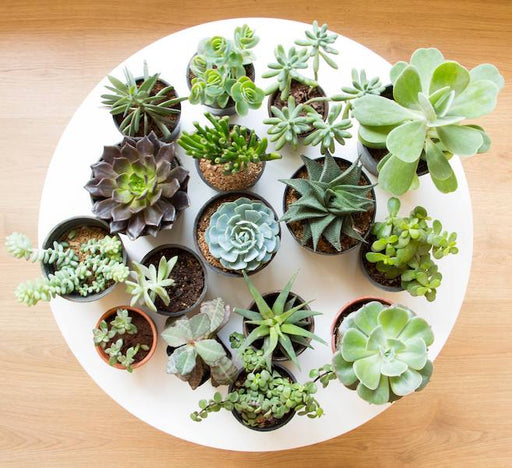 Save up to 50%
Save up to 50%
Mini Succulent Garden Pack Transform your space with our Mini Succulent Garden Pack, featuring a delightful collection of 4 any variety beautiful s...
View full details
 Save 21%
Save 21%
5 Best Indoor Plants Pack Transform your living space into a lush oasis with our '5 Best Indoor Plants Pack.' This carefully curated colle...
View full details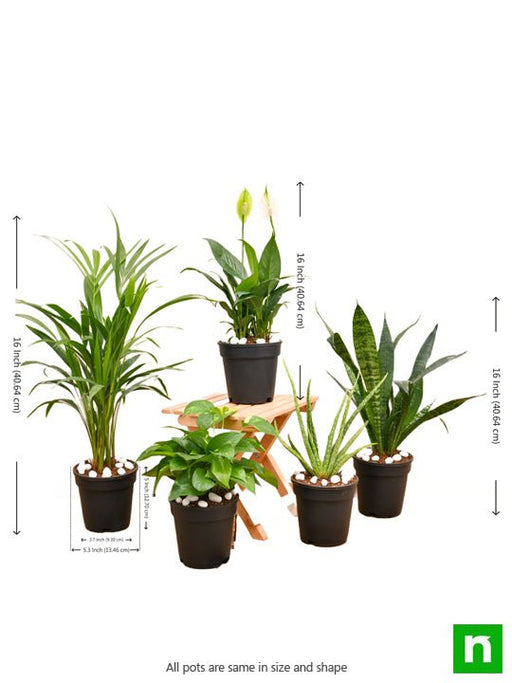
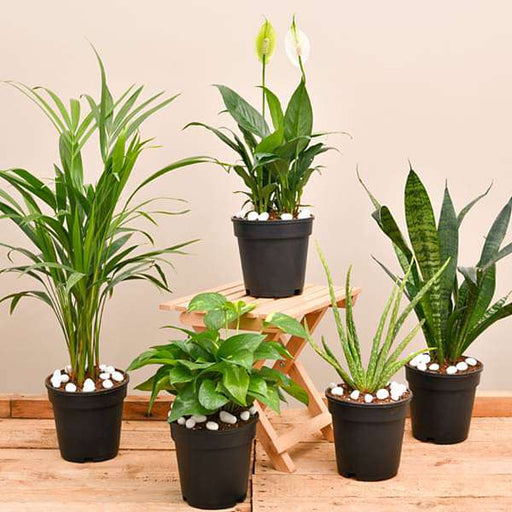 Save 20%
Save 20%
Top 5 Air Purifier and Oxygen Enriching Plant Pack Transform your living space into a breath of fresh air with our Top 5 Air Purifier and ...
View full details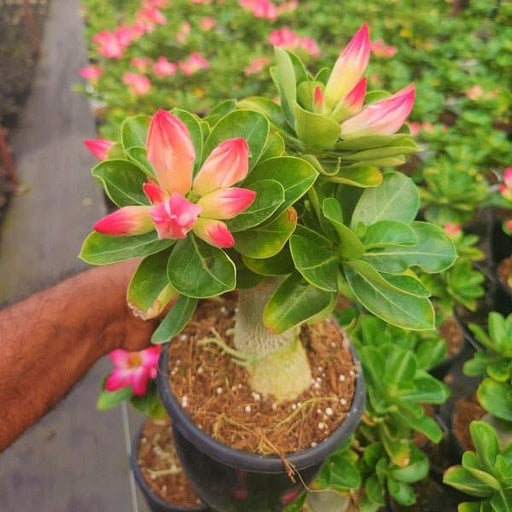
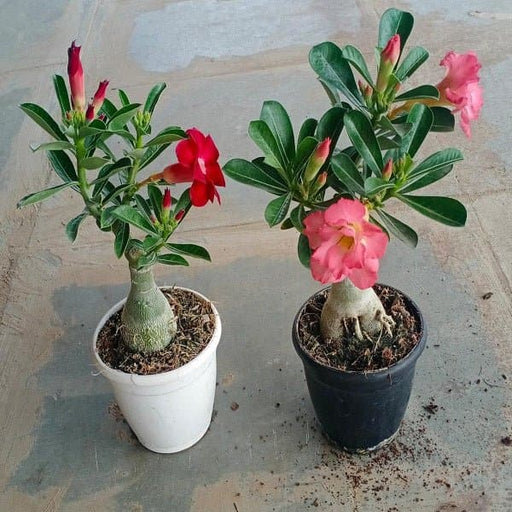 Save 40%
Save 40%
Set of 2 Bonsai Looking Grafted Adeniums Transform your indoor or outdoor space with our exquisite Set of 2 Bonsai Looking Grafted Adenium...
View full details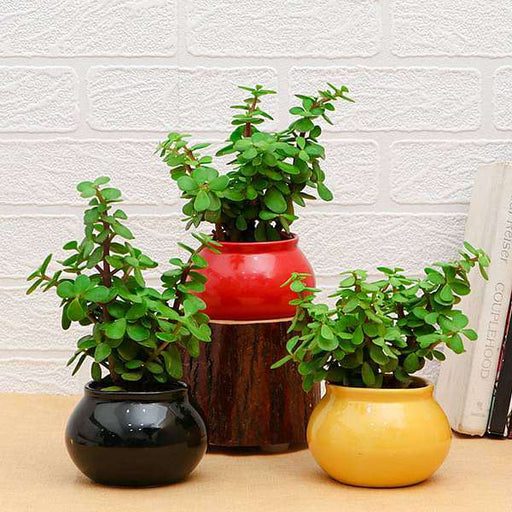 Save 22%
Save 22%
Pack of 3 Good Luck Jade Plants in Ceramic Pots Bring a touch of nature into your home with our Pack of 3 Good Luck Jade Plants, featuring...
View full details
Comments
Leave a comment